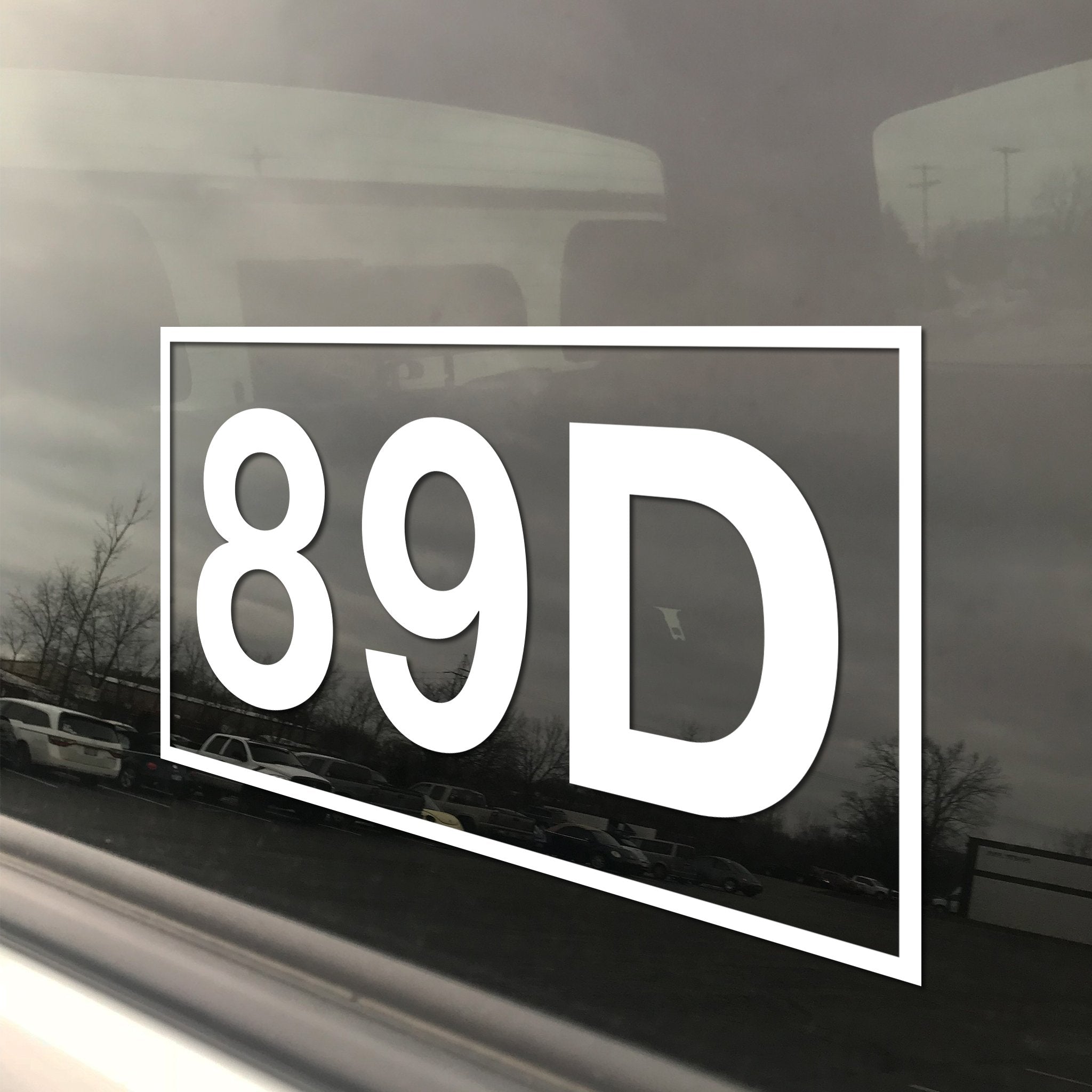




Is EOD considered special forces? Does EOD see combat?ĮOD technicians are likely to see combat. Navy EOD works closely with the Special Operations Command (SOCOM) and is classified as Navy Special Operations. Navy Explosive Ordnance Disposal (EOD) and Navy diver are two separate professions within the Navy Special Operations community however, if you are Navy EOD, you also will be Navy EOD Diver qualified. Why is the EOD badge called a crab?Īlso called the “crab” because of its shape, the basic EOD badge consists of a shield, a drop-down bomb and four lightning bolts, contained within a wreath of laurel leaves. You have to complete a Request for Conditional Release from your current branch of service. Once one goes on active duty, with the exception of a few commissioned officer specialties (such as a physician), one cannot simply transfer from one branch of the service to another. You need to go speak to a career planner or recruiter to check if the MOS you want is available for LAT moving. When you are a reserve there are opportunities to switch to active, but lat moves are tricky, the mos has to be open to lat movers. Marine Forces Command and Marine Forces Special Operations Command each have an EOD Officer and an EOD Chief within the headquarters G-3 staff section. In the Marine Corps, locating and disarming these threats is the responsibility of the Explosive Ordnance Disposal teams, such as the EOD Marines stationed at Marine Corps Air Station Yuma, Ariz. NOTE: Soldiers holding a STAR MOS should be given a high priority for Basic Leader Course (BLC) attendance due to increased promotion potential.The Marine Corps EOD mission is to support the Marine Air Ground Task Force, Supporting Establishment, Homeland Defense, and Special Operations Forces, by locating, accessing, identifying, rendering safe, neutralizing, and disposing of hazards from foreign and domestic, Chemical Biological Radiological Nuclear and High …


 0 kommentar(er)
0 kommentar(er)
